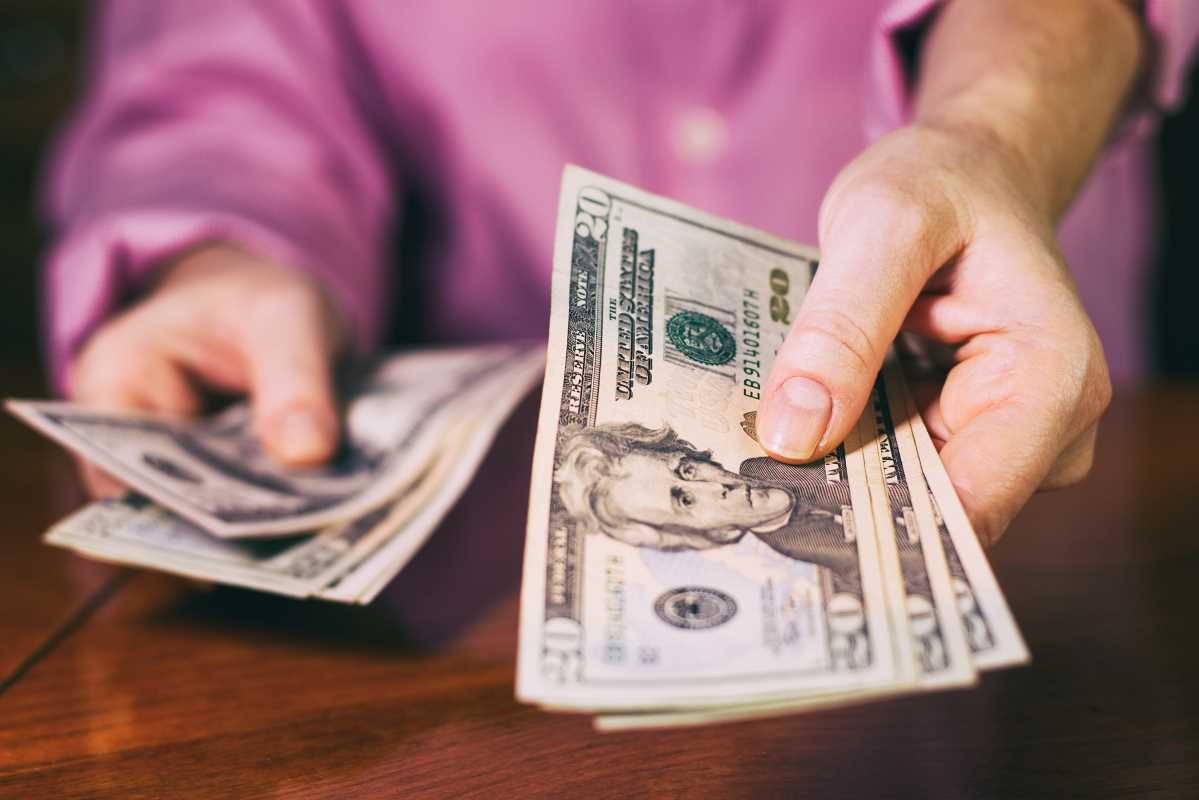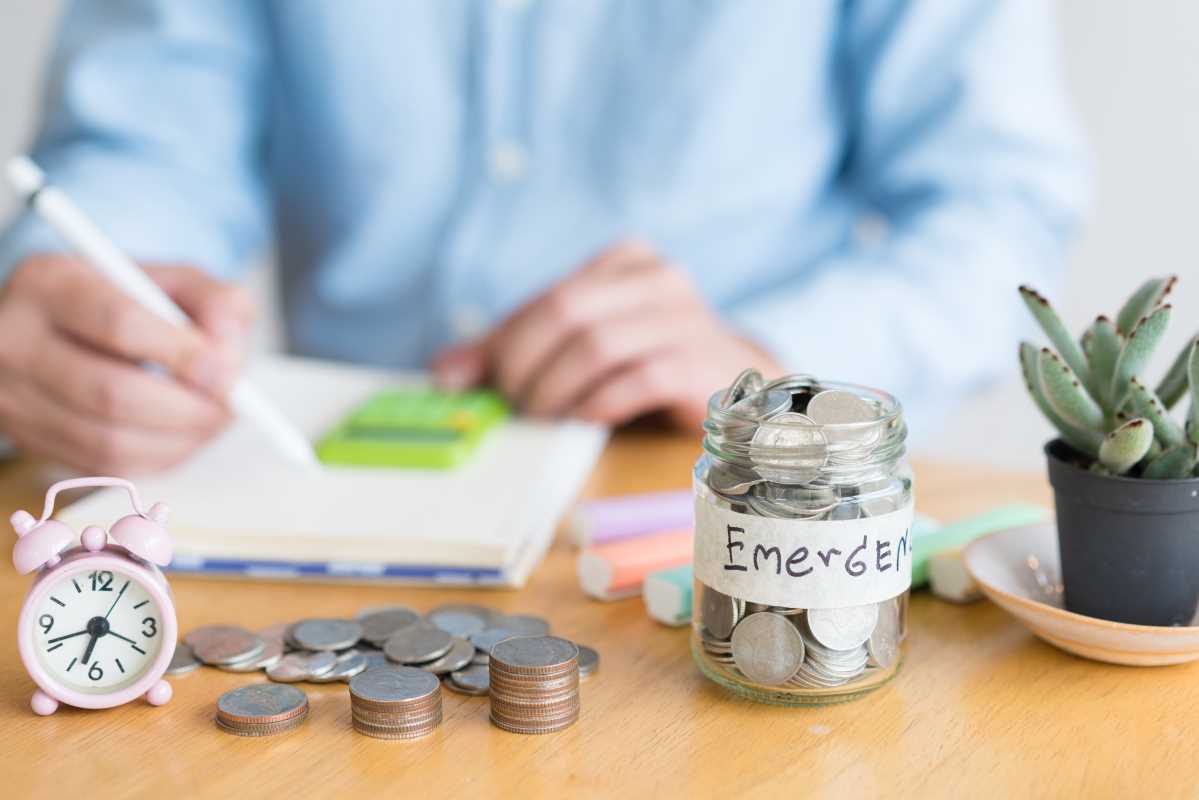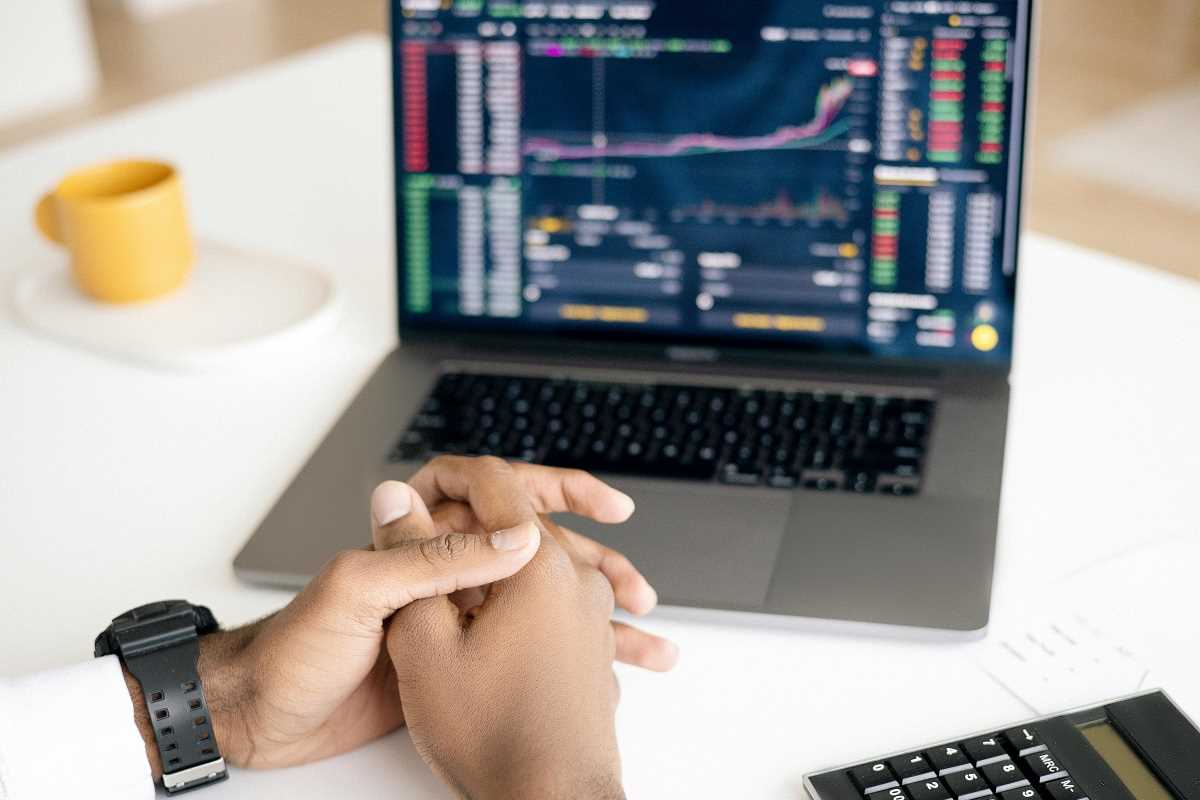We’ve all been there: swiping our debit card like we’re on a mission to earn the “Spend Money Like a Pro” badge. One click, and you’ve bought that new pair of shoes, grabbed another sweet treat, and subscribed to a podcast that you’ll probably never listen to. Before you know it, your bank account looks suspiciously like a hole in the ground. But what if there was a way to wake up from this financial fog? Enter the “cash-only week.” It’s like a financial detox that forces you to face your spending habits head-on—no swiping, no tricks, just cold, hard cash. Ready to break the cycle? Let’s dive in!
What is a Cash-Only Week?
In simple terms, a cash-only week is exactly what it sounds like: you go an entire week (or longer, if you’re feeling adventurous) using only cash for all of your purchases. No card, no Venmo, and definitely no buy-now-pay-later schemes. While the idea might sound a bit old school, it’s an incredibly effective way to put your spending into perspective and regain control over your finances. Plus, it’s a little bit like going back to your roots, when the only thing you could swipe was a grocery store discount card (remember those?).
The goal is to use physical cash for everything. Groceries, transportation, entertainment—whatever you would typically pay for, but this time, it’s in cold, hard bills. This little experiment can help you uncover spending habits that you might not even know existed, and in the process, it might just change the way you think about money forever.
Why Try a Cash-Only Week?
You might be wondering, “Why cash? Why not just track my spending through an app or spreadsheet?” Great question! While digital tools are certainly helpful, cash gives you a very different experience. Using actual bills instead of swiping your card makes the transaction feel more real. You can physically see the money leaving your hands, which is way harder to ignore than the virtual swipe of a credit card. And if you’re paying for a $10 latte with cash, it’ll likely feel a lot more painful than when it’s just another tap on your phone.
Cash-only weeks force you to be more mindful of your purchases because you’re physically handing over money. You can’t rely on the magic of digital payments that feel disconnected from reality. Plus, when you run out of cash, you’re done—there’s no “just charging it to the card” and worrying about it later. It’s all about understanding how far your money can go when you have a limited amount.
How Cash-Only Weeks Uncover Unnecessary Spending
The beauty of cash-only weeks lies in their ability to reveal your hidden spending habits. You might think you know exactly where your money is going, but until you force yourself to pay with cash, you might be in for some surprises. This is how a cash-only week can shed light on those sneaky expenses:
1. Impulse Purchases Become More Obvious
It’s so easy to justify that last-minute purchase when all you need to do is swipe your card. But with cash, you can only spend what’s in your wallet. If you’re constantly running to the ATM to grab more cash, you might realize that those impulse buys—whether it’s an extra coffee, a spontaneous snack, or a random online sale—are happening more often than you thought. By the end of the week, you might be surprised by how many times you tried to sneak in a “little” extra purchase that you didn’t truly need. This kind of awareness is the first step toward cutting back on unnecessary spending.
2. You’ll Think More Before You Buy
When you have a set amount of cash in your pocket, it forces you to think twice before making a purchase. Instead of mindlessly swiping, you have to consider: “Do I really want to spend my cash on this?” It’s a great way to create a mental pause between impulse and action, which helps you make more thoughtful decisions about your purchases. You might even find yourself saying “no thanks” to things you would’ve otherwise splurged on. Does that extra bottle of wine at dinner really make sense? Is it worth blowing through your cash reserves on that unplanned expense? By removing the convenience of digital payments, cash makes you rethink those everyday splurges.
3. Unnecessary Subscriptions Stand Out
You might think of your monthly subscriptions as “set it and forget it” charges, but the truth is they can pile up without you even noticing. You know the drill—your streaming service, your gym membership, that app you downloaded a year ago and never used again. With a cash-only week, those subscriptions start to feel a little more tangible. When you’re forced to allocate cash for necessities like groceries or gas, you’ll start to notice how much money is disappearing every month for services you barely use. Do you really need that second video streaming platform or that subscription box full of mystery goodies? These realizations often come to light when you start prioritizing cash over the plastic.
4. You’ll Understand Where Your Money Goes
Sometimes, we get so caught up in the convenience of digital payments that we forget to account for how much we’re spending. With cash, you can literally see where your money is going. You might be shocked to discover how much you're spending on “little things” that add up over time. Maybe it's that daily takeout coffee, or that bag of chips you grab every time you're at the store. These seemingly small expenses might not seem like a big deal, but when you add them up over the course of a month, it’s a different story. By the end of your cash-only week, you’ll have a much clearer picture of where your money is disappearing to, and it might just motivate you to make smarter spending choices in the future.







